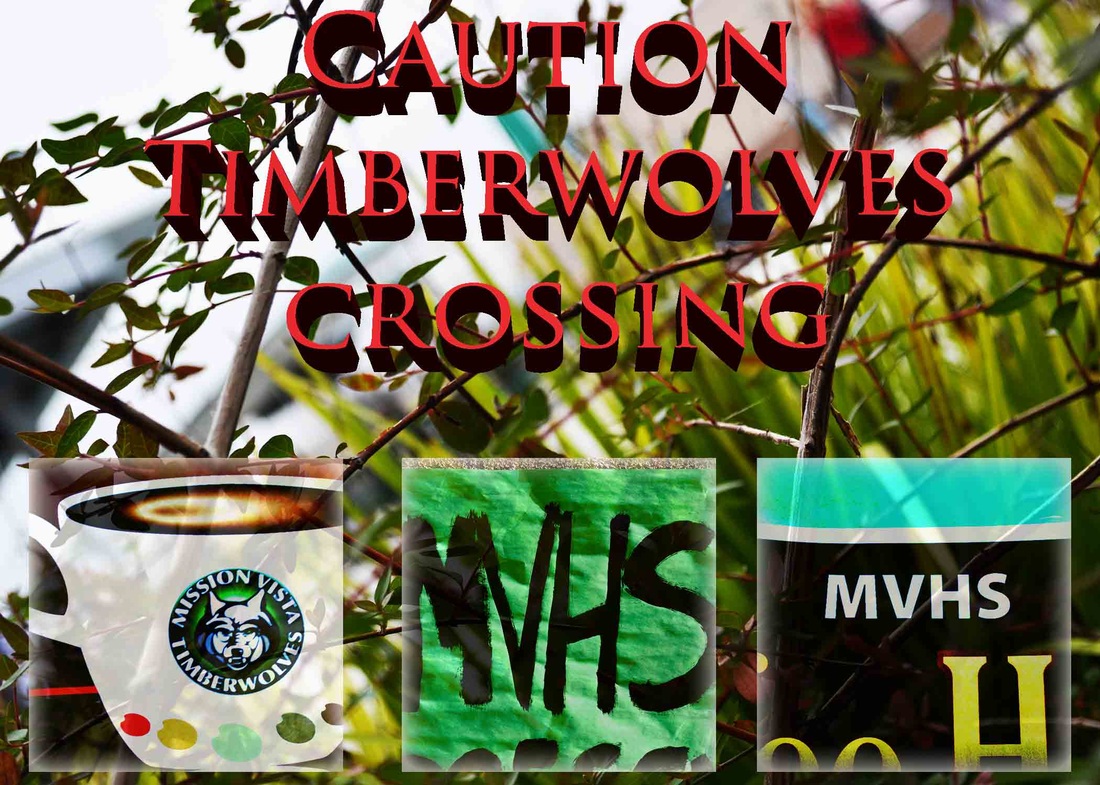Joel Sartore was born on June 16, 1962 in Oklahoma. When he was a kid, he loved nature. When he was a kid he learned about the last passenger pigeon in one of his moms Time-Life magazines. He has been taking pictures of a variety of species such as wolves, grizzlies, oxen, lions, elephants, and polar bears for over 20 years. A few of his National Geographic works are April 2010 silent Streams, October 2010 Gulf Oil Spill, November 2011 Rift in Paradise, and May 2012 Koala Rescue. At first Joel didn’t want to be a photographer, he graduated from the University of Nebraska-Lincoln with a journalism degree. Then he studied photography at the same university.
His style of photography is wildlife. He mostly shoots pictures of wild animals (examples are listed above). But he has also taken some picture of unadopted animals at the humane society. For 20 or more years Joel’s style of wildlife photography has never changed.
Joel seems to be making a good amount of money taking photos for National Geographic. To me I think Joel’s work is really good. I like his pictures because he has a good way of capturing the animals that he takes pictures of. One picture that I really like is of an endangered ocelot at the zoo. A 6.5x10 is $40 plus $8 for S/H.
His style of photography is wildlife. He mostly shoots pictures of wild animals (examples are listed above). But he has also taken some picture of unadopted animals at the humane society. For 20 or more years Joel’s style of wildlife photography has never changed.
Joel seems to be making a good amount of money taking photos for National Geographic. To me I think Joel’s work is really good. I like his pictures because he has a good way of capturing the animals that he takes pictures of. One picture that I really like is of an endangered ocelot at the zoo. A 6.5x10 is $40 plus $8 for S/H.

